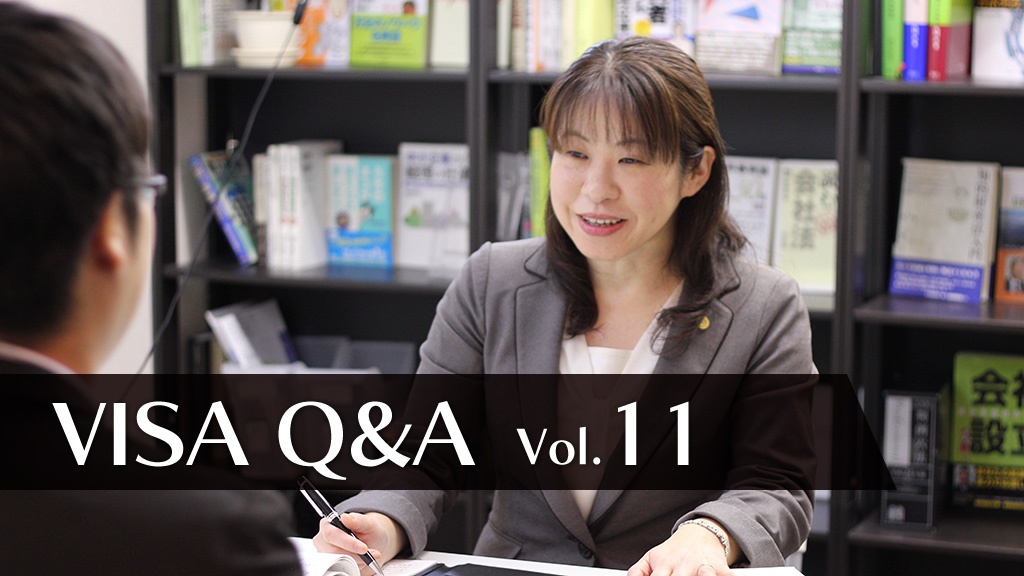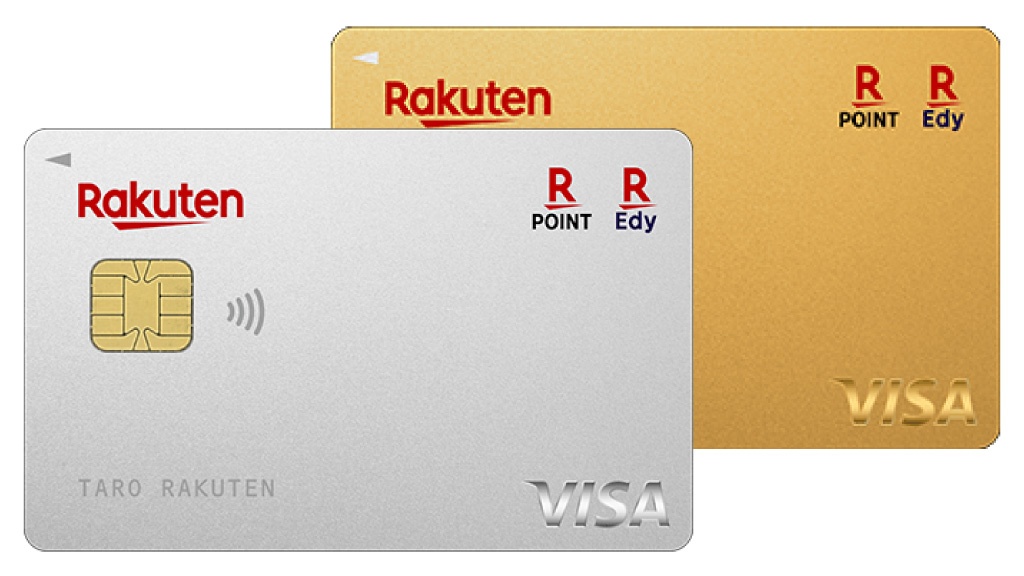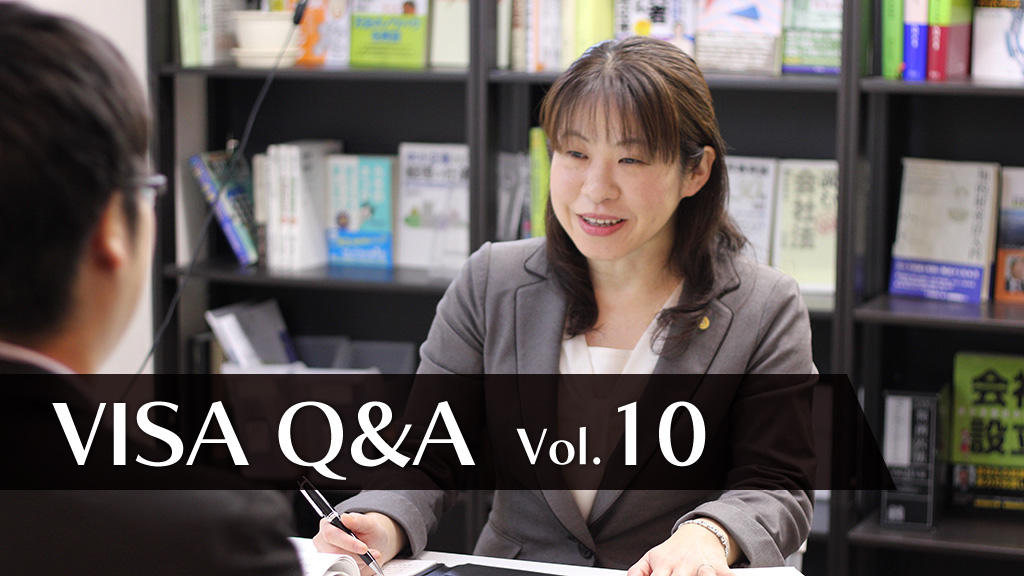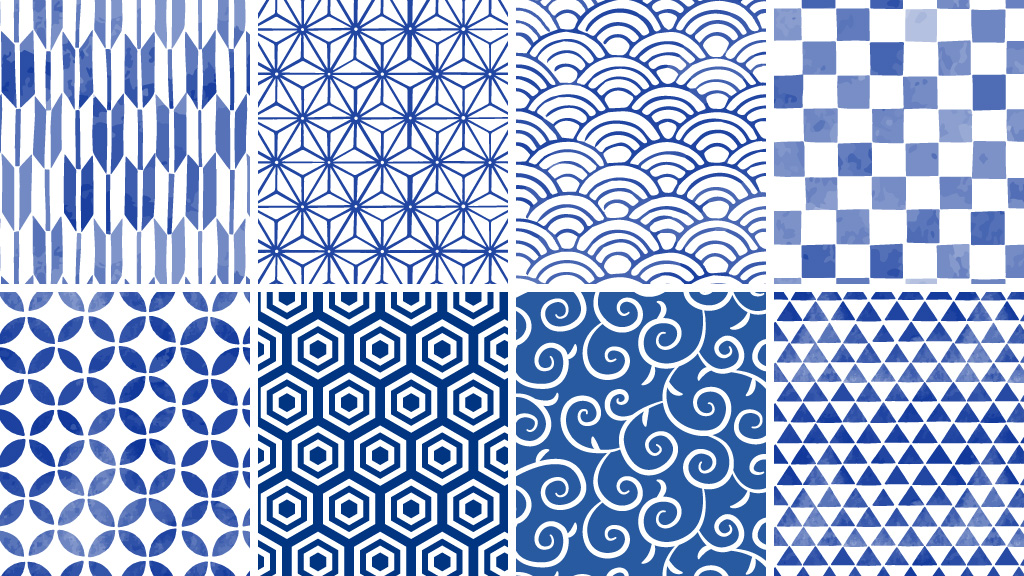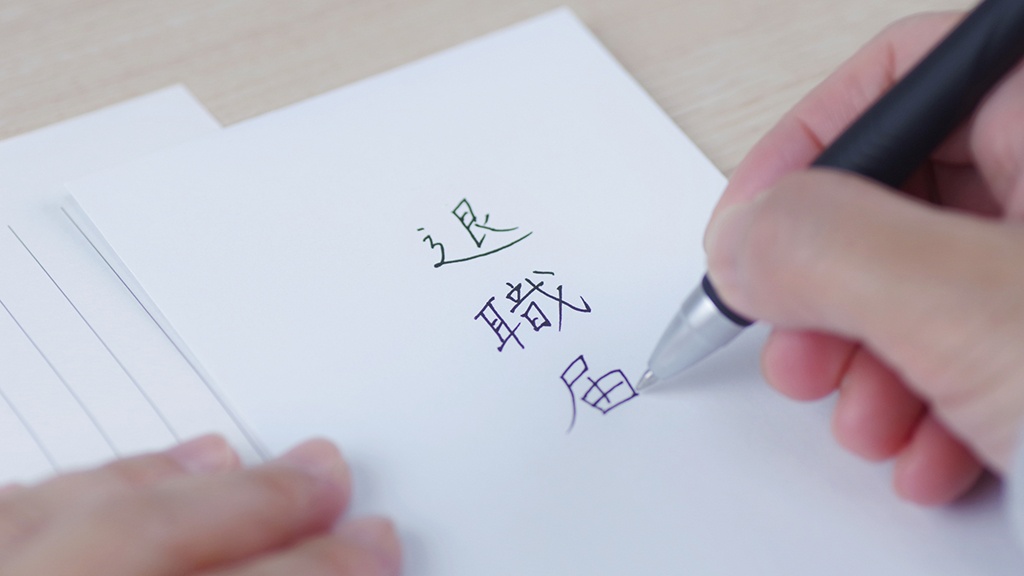Choose from what it is known for! Hatsumode Spots in Tokyo
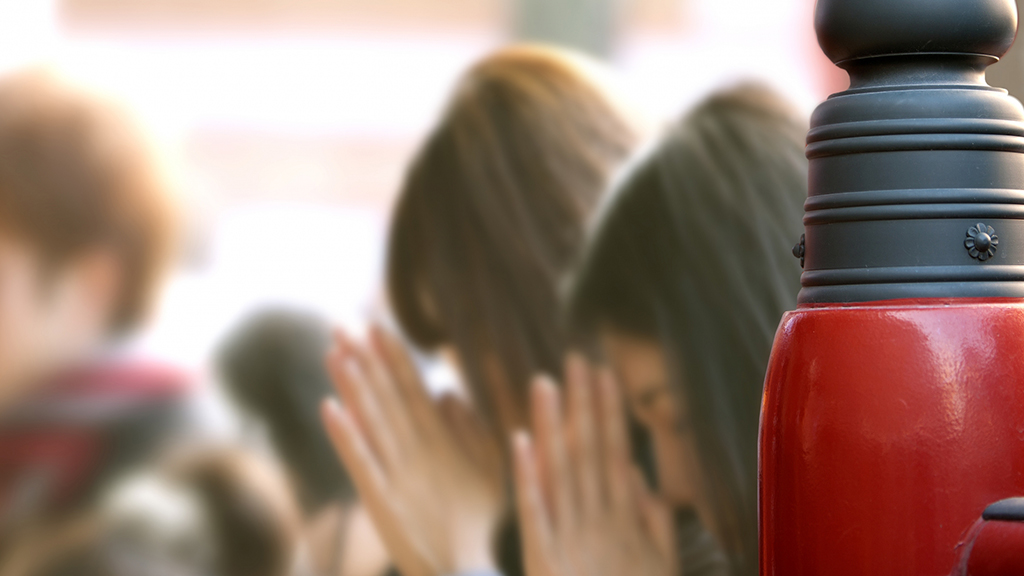
This post is also available in 日本語
“Hatsumode” is the first shrine/temple visit of the year in the new year in order to make traditional New Year’s wishes for health and happiness. Originally, it was to visit “Ujigami-sama” (the local guardian deity), but recently the number of people going to famous shrines and temples has increased. On this occasion, I would like to introduce you to famous “Hatsumode” spots to visit in Tokyo.
Contents
Kanda Myoujin
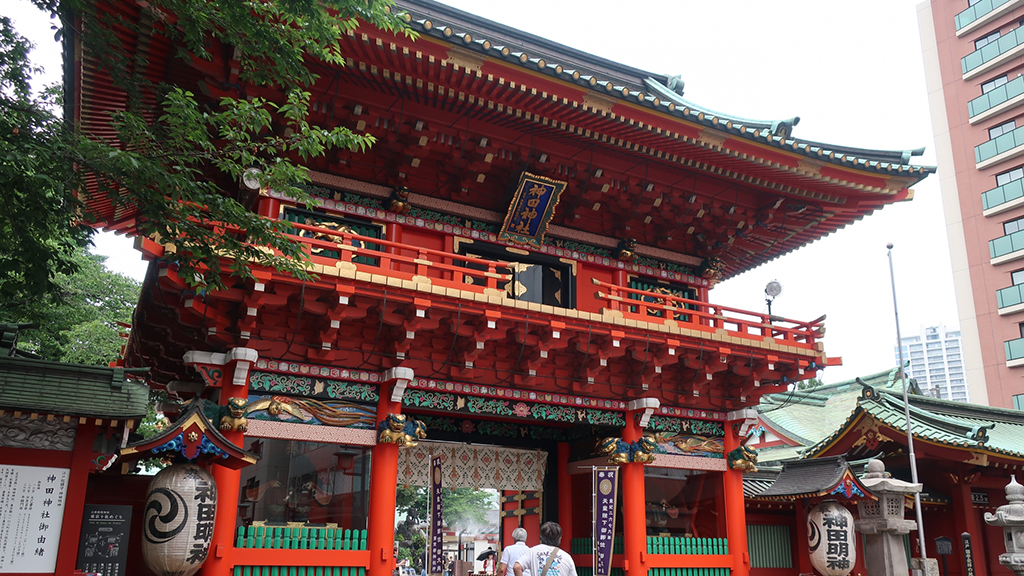
The official name nowadays is “Kanda Jinja”, but from ancient times this has been popularly referred to by the name “Myojin-sama”. This is an old shrine with 1,300 years of history, and here you can worship the deities of marriage and relationship-building, business prosperity, and warding off calamities. It is famous as a place visited by company presidents, office worker and job-hunting students hoping for success in their respective jobs in the new year.
2-16-2 Sotokanda, Chiyoda-Ku, Tokyo
Approx. 5 min walk from “Ochanomizu station” on the JR “Chuo Line”, “Sobu Line”
Approx. 5 min walk from “Ochanomizu station” on the Tokyo Metro “Marunouchi Line”.
https://www.kandamyoujin.or.jp/what/
Senso-Ji
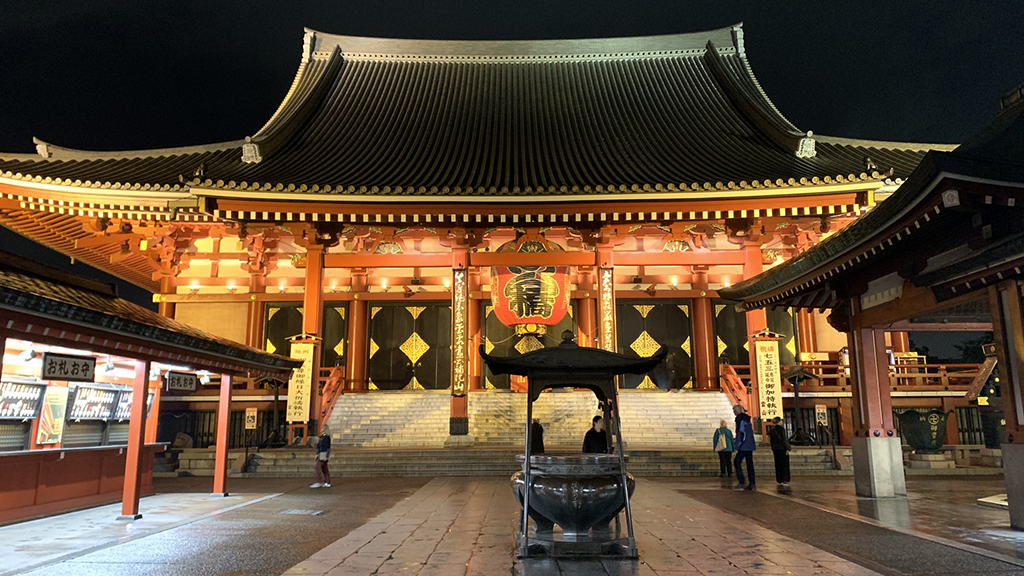
“Kaminarimon” is a gate protected by “Fujin/Raijin (the gods of wind or thunder)”, and it has a huge lantern 3.9m high, 3.3m wide, and weighing 700kg, which makes it a popular tourist spot.
2-3-1 Asakusa, Taito-Ku, Tokyo
Approx. 5 min walk from “Asakusa station” on the Tokyo Metro “Ginza Line”, “Tobu Skytree Line”
http://www.senso-ji.jp/english/
Meiji Jingu
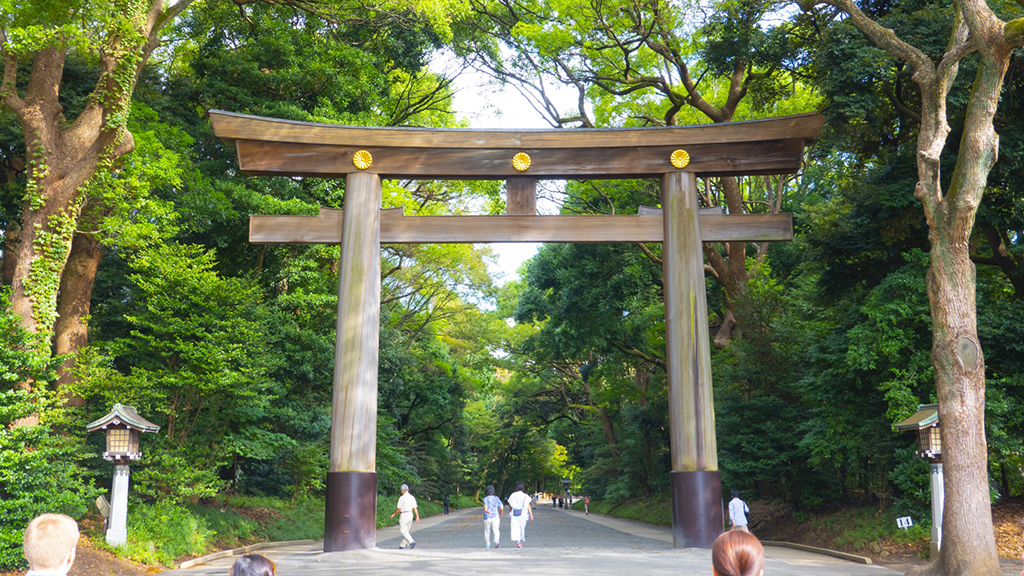
This is famous as the shrine that attracts the highest number of visitors in Japan at Hatsumode every year. 2020 is its 100-year anniversary. It might be a long line-up for visiting this shrine in the New Year’s, so make sure that you dress up warm if you are going. You should also check the information from specialist “Hatsumode” websites in advance. If you wish to avoid the crowds, it is probably better to avoid “O-shohgatsu” and go from the middle of January.
1-1 Yoyogikamizono-cho, Shibuya-Ku, Tokyo
Approx. 5 min walk from “Harajuku station” on the JR “Yamanote Line”
Approx. 5 min walk from “Meiji-jingumae station” on the Tokyo Metro “Chiyoda Line”, “Fukutoshin Line”
http://www.meijijingu.or.jp/newyear/
http://www.meijijingu.or.jp/english/index.html
Zojo-Ji
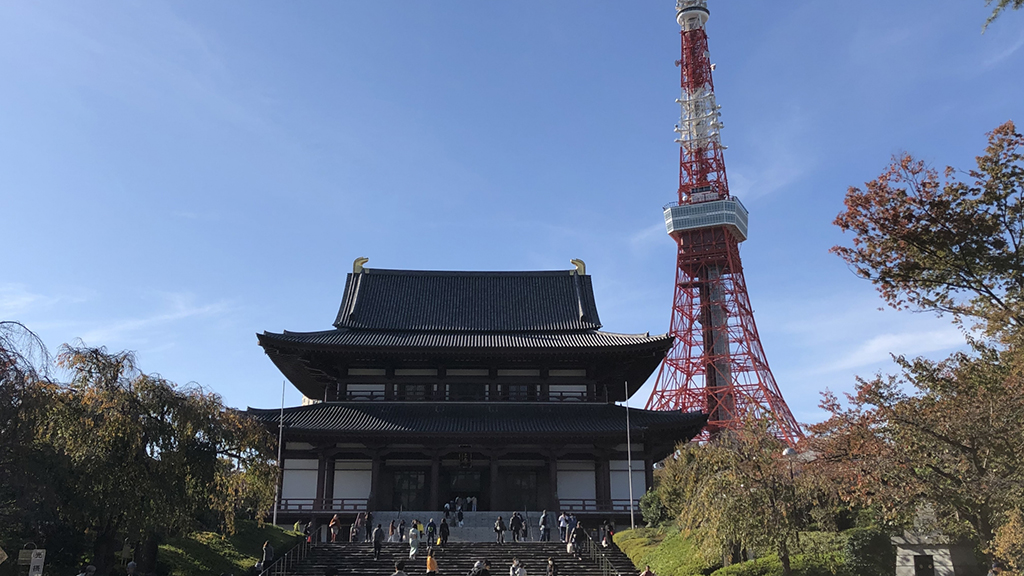
With its 600-year history, this is a temple that has a close connection to the Tokugawa Shogunate. Buddhist deities for praying for victory and warding off disaster are worshipped here. On the far side of Zojo-ji is Tokyo Tower, and there is also the greenery of Shiba Park nearby.
4-7-35 Shiba-Koen, Minato-Ku, Tokyo
Approx. 10 min walk from “Hamamatsucho station” on the JR “Yamanote Line”, “Keihin-Tohoku Line”, Tokyo Monorail
Approx. 3 min walk from “Onarimon station” on the Toei subway “Mita Line”
http://www.zojoji.or.jp/en/
Hie Jinja

This is in Nagatacho, which is the main hub of politics and economics in Japan, and this is also a shrine that has a close connection to the Tokugawa Shogunate. Here, the gods of avoidance of bad luck, safe delivery, marriage and relationship-building, and business prosperity are worshipped.
2-10-5 Nagatacho, Chiyoda-Ku, Tokyo
Approx. 3 min walk from “Akasaka station” on the Tokyo Metro “Chiyoda Line”
Approx. 3 min walk from “Tameike-Sanno station” on the Tokyo Metro “Nanboku Line”, “Ginza Line”
https://www.hiejinja.net/english/index.html
Tokyo Daijingu
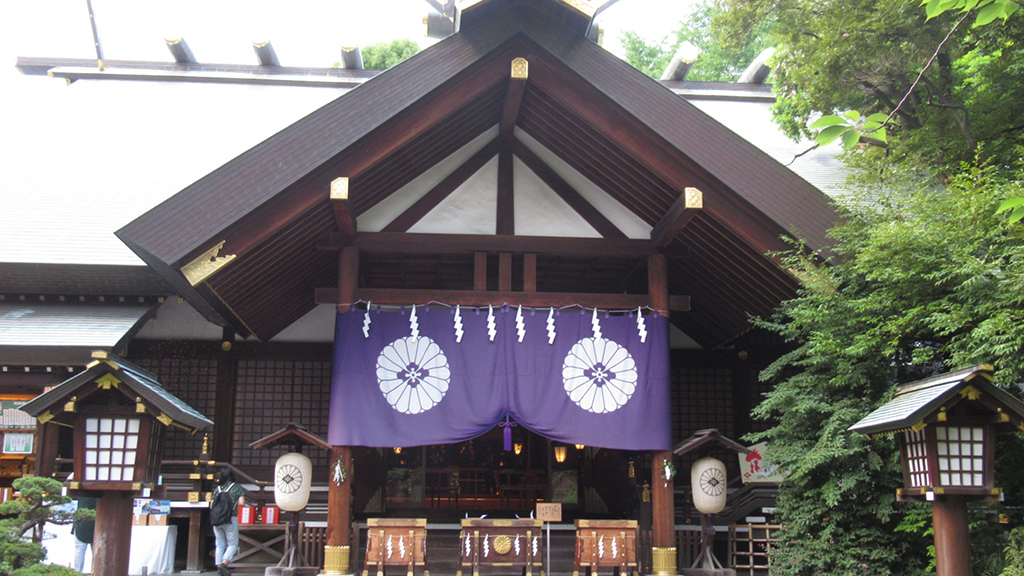
This is the “Yohaiden” (location from where you worship far away) of Ise shrine. In Japan, this is famous as the first one to have established the Shinto wedding ceremony in Japan. This is popular as a shrine for marriage and relationship-building.
2-4-1 Fujimi, Chiyoda-Ku, Tokyo
Approx. 5 min walk from “Iidabashi station” on the JR “Chuo Line”, “Sobu Line”, the Tokyo Metro “Yurakucho Line ”, “Nanboku Line ”, Tozai Line“, the Toei subway “Oedo Line”
http://www.tokyodaijingu.or.jp/english/index.html
Atago Shrine

This is in the highest natural mountain within the 23 wards of Tokyo, and there are steep stone steps known as “Shusse-no-ishidan” (success steps). The rare gods of fire prevention, disaster prevention, progress in computers etc. are worshipped.
1-5-3 Atago, Minato-Ku, Tokyo
Approx. 5 min walk from “Kamiyacho station” on the Tokyo Metro “Hibiya Line”
Approx. 8 min walk from “Toranomon station” on the Tokyo Metro “Ginza Line”
http://www.atago-jinja.com/
Yushima Tenmangu
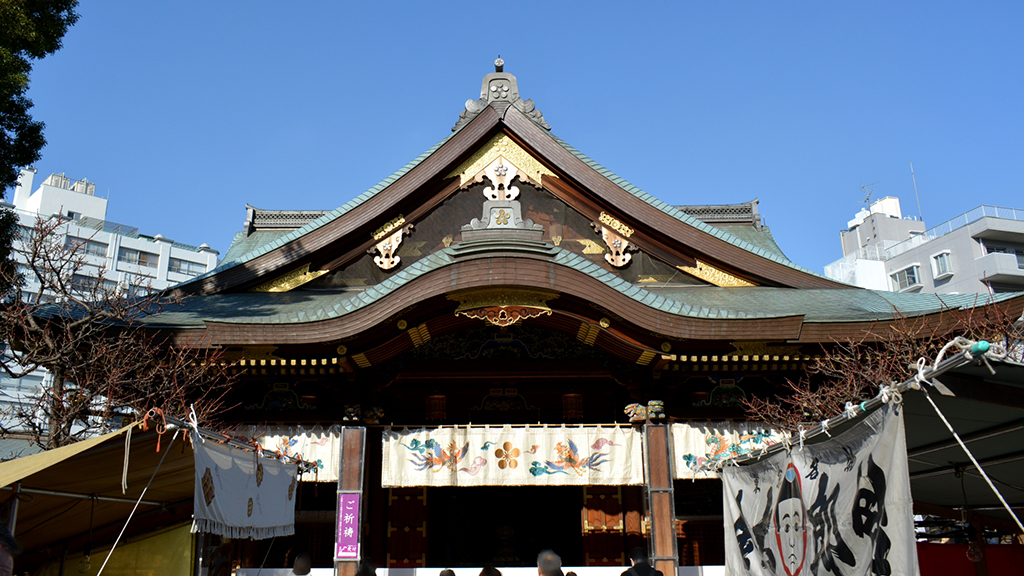
From ancient times, this is also called “Yushima Tenjin”. As the spirit of Sugawara Michizane is enshrined as a god of learning, many students visit to pray for the success of passing examinations.
3-30-1 Yushima, Bunkyo-Ku, Tokyo
Approx. 8 min walk from “Okachimachi station” on the JR “Yamanote Line”, “Keihin-Tohoku Line”
Approx. 2 min walk from “Yushima station” on the Tokyo Metro “ChiyodaLine”
http://www.yushimatenjin.or.jp/pc/eng-page/english.htm
Okunitama Shrine
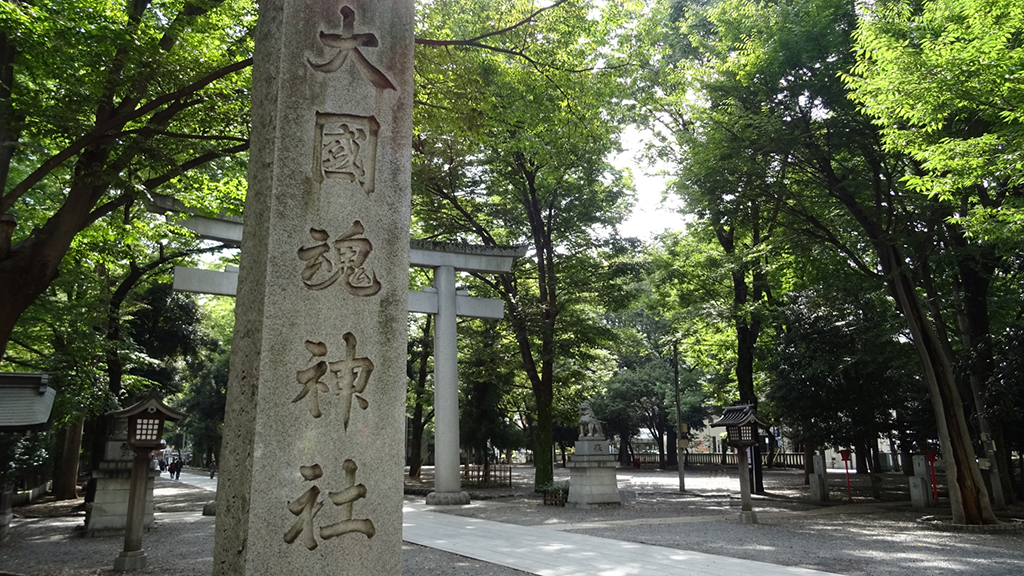
With an ancient history of 1,900 years, this is a shrine with a high and venerable status. Here, the gods of avoidance of bad luck, and marriage and relationship-building are worshipped.
3-1 Miyamachi, Fuchu, Tokyo
Approx. 5 min walk from “Fuchu-Honmachi station” on the JR “Nanbu Line”, “Musashino Line”
Approx. 5 min walk from “Fuchu station” on the “Keio Line”
https://www.ookunitamajinja.or.jp/
Takaosan-Yakuoin
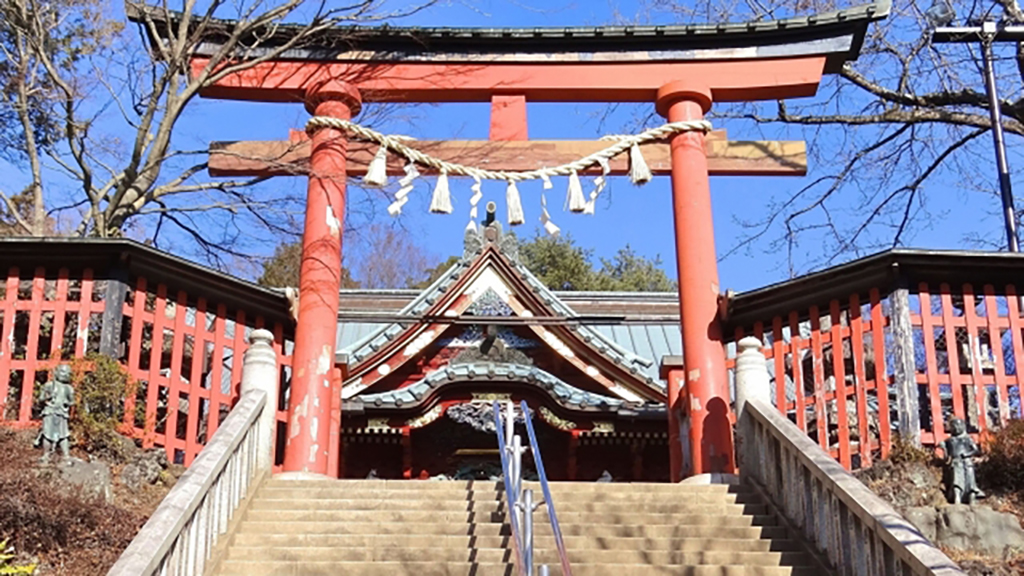
The visiting Yakuoin and going to see the first sunrise of the year from Mt.Takao is extremely popular. So, entrance to the mountain may be restricted. As the temperature gets extremely low, you should take measures to keep warm and check information.
2177 Takaomachi, Hachioji-shi, Tokyo
From “Kiyotaki station”, which is approximately 3 min walk from “Takaosanguchi station” on the Keio line., you can board the “Takao Tozan Dentetsu Cable Car”, and it is then about 20 minutes on foot after getting off at “Takaosan station”.
From “Sanroku station”, which is approximately 3 min walk from “Takaosanguchi station” on the Keio line., you can board the “Echo Lift”, and it is then about 30 minutes on foot after getting off at “Sanjo station”.
https://www.takaosan.or.jp/english/





